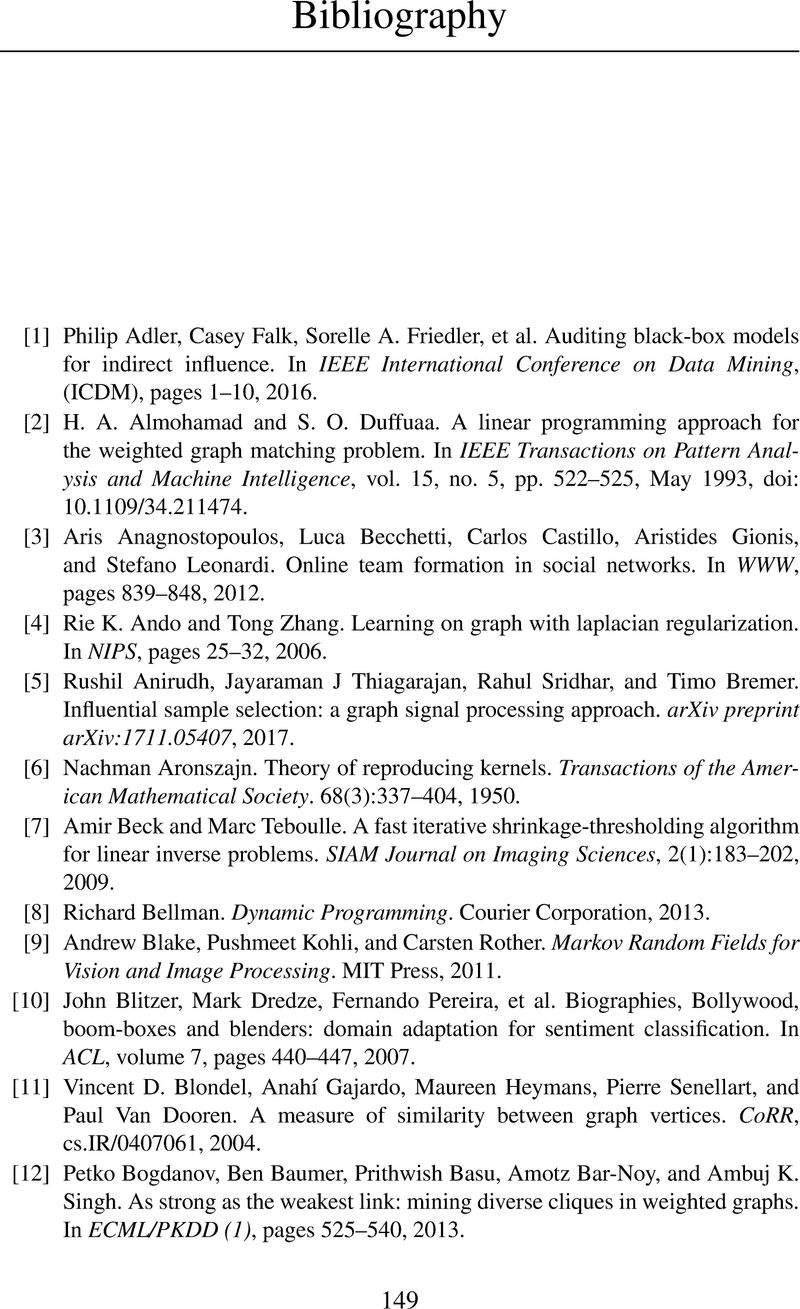Bibliography
Published online by Cambridge University Press: 20 November 2020
Summary

- Type
- Chapter
- Information
- Computational Approaches to the Network Science of Teams , pp. 149 - 156Publisher: Cambridge University PressPrint publication year: 2020



